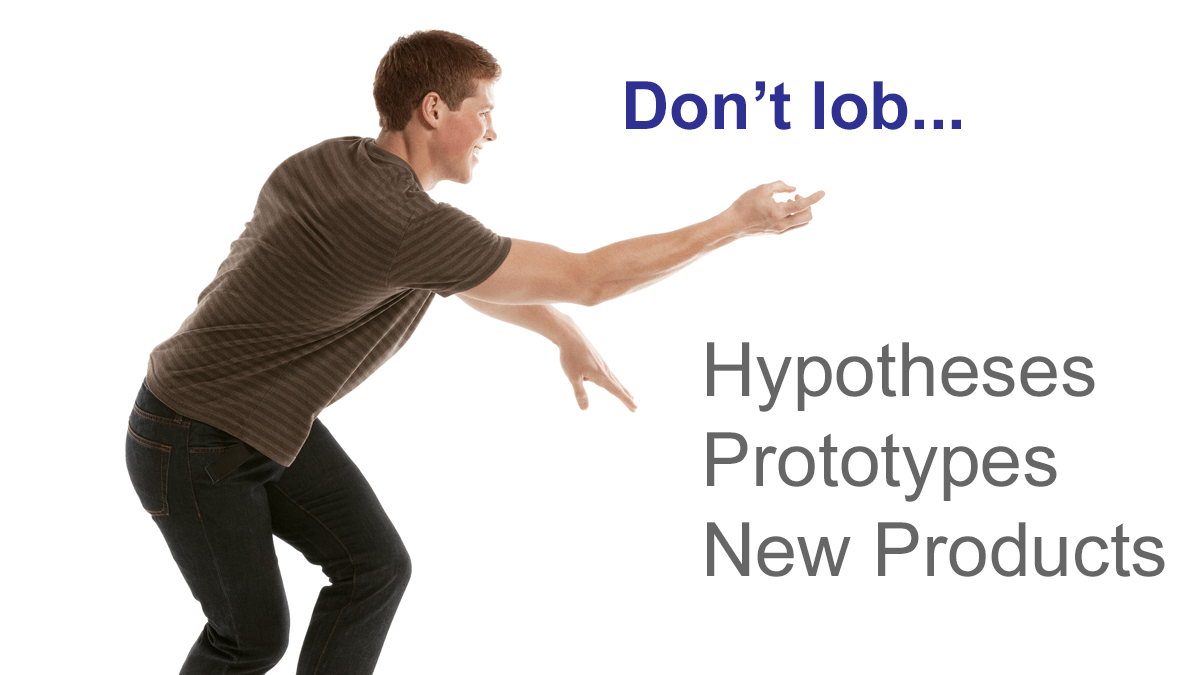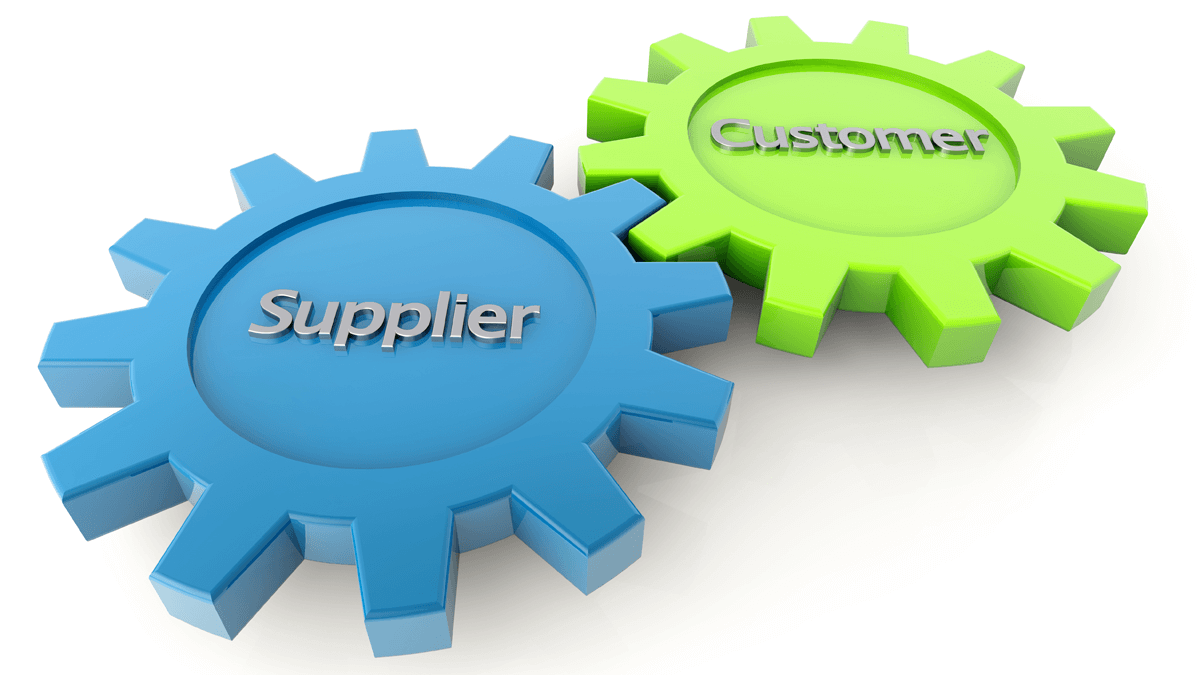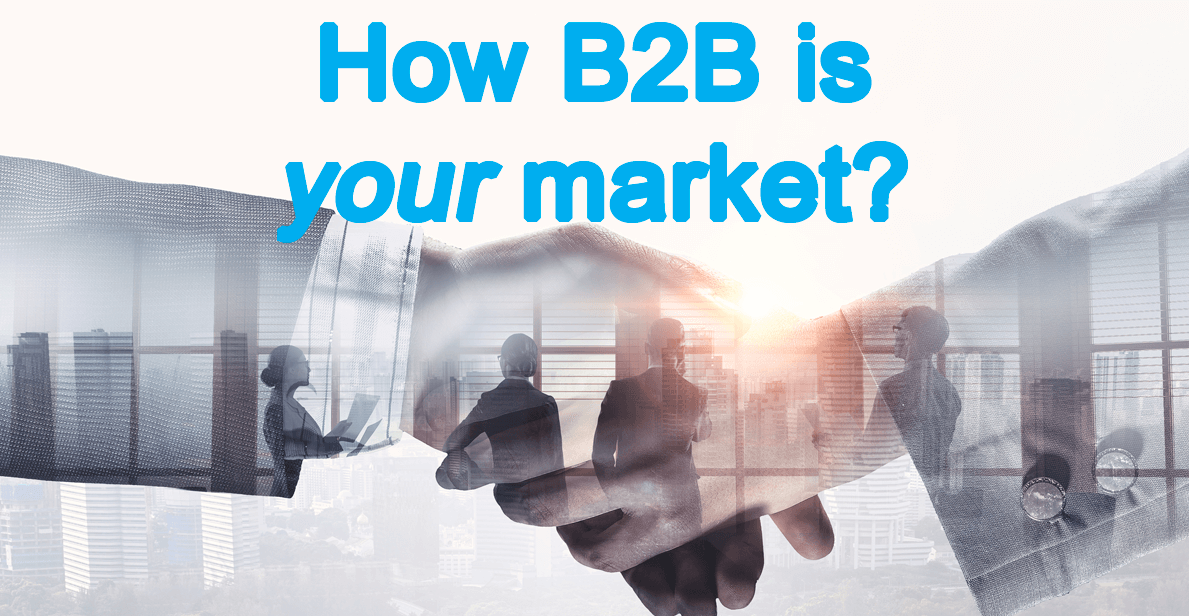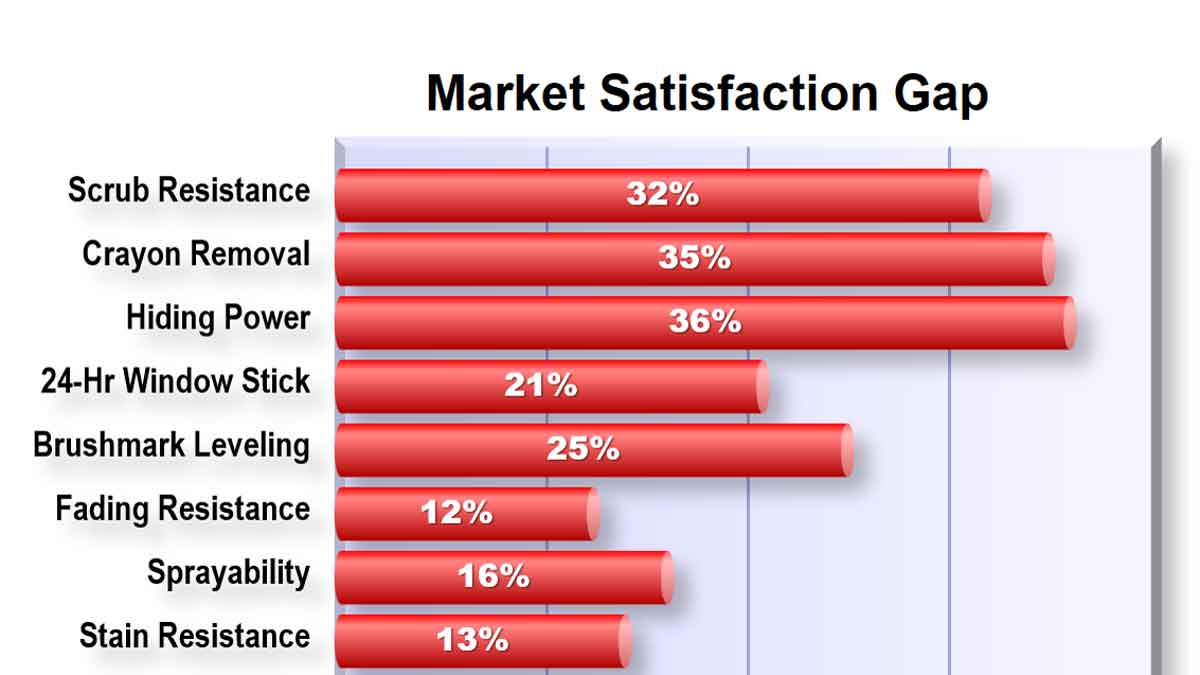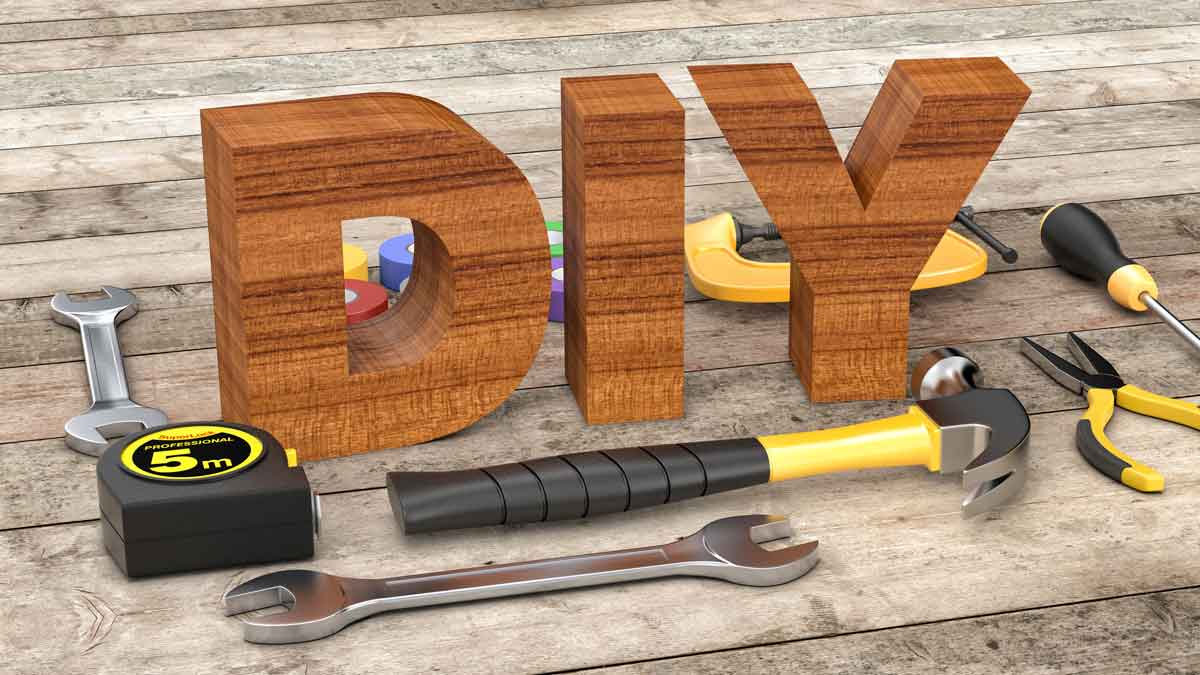You’ll continue seeing innovations for how we innovate… but you should critically assess them with a “B2B filter.” Take Lean Startup. It offers some good ideas, but it can encourage you to develop and show prototypes to B2B customers before having an intelligent conversation with them. Now that’s just silly.
More in white paper, Lean Startup: Expanding the Build-Measure-Learn Cycle
There are several things you should never lob at B2B customers until you’ve first learned from them. Don’t lob your hypotheses, prototypes, or new products—until you’ve learned what these customers want. B2B customers have high knowledge, interest, objectivity and foresight… so they can tell you exactly what outcomes they want… if you know how to ask. It’s both wasteful for you and insulting to them if you assume they can’t help you.
More in Leader’s Guide Videos Lesson 12, Stop leading with your solutions
Each of your market segments has a unique nature, defined by five qualities of its customers: knowledge, interest, objectivity, foresight and concentration. If you treat all markets the same, you’ll seriously sub-optimize. Better to fine-tune your early-stage marketing (understanding customer needs) and late-stage marketing (promoting your solutions) to each market segment. Use this free service to calculate your market’s B2B Index (how B2B it is) and learn 15 customized marketing strategies.
Calculate your B2B Index at www.b2bmarketview.com
B2C suppliers use customer interviews to gain insight. B2B suppliers should do this AND to build B2B customer engagement. If your B2B market has a handful of large buyers, use your interviews to impress them as the supplier they should do business with. Three practical ways to do this are explored here.
More in ebook, Reinventing VOC for B2B
Most B2B companies have enormous insight advantages, because their customers have high knowledge, interest, objectivity, foresight and concentration.
Check out this free service to score your market’s B2B Index. You’ll see “how B2B” your market is… and learn how to take advantage of your B2B advantage.
When do most producers resolve commercial risk? After product launch, when they learn if their product is a success or failure. You can build a “certainty time machine” and remove most commercial risk in the front-end of innovation. But only if you’re serving B2B customers, who can explain nearly all that you need to know.
More in white paper, Guessing at Customer Needs (page 5).
You can improve a process anywhere down the value chain, or you can improve the ultimate product. (Mid-stream products don’t count.) Equipment and service providers often have their biggest impact on processes. Component or material makers often have a larger impact on products. In either case, you need to pursue these improvements with passion.
More in e-book, Reinventing VOC for B2B (page 26).
The term “B2B” is useful, because business customers can be so different than end-consumers. But it’s a blunt and imprecise term, and we can do better. Check out the “B2B Index” developed by The AIM Institute. The higher your market’s B2B Index, the greater you can engage customers… in both early-stage and late stage marketing. (This is a free service.)
Calculate your B2B Index at www.b2bmarketview.com
B2C employees (e.g. Apple engineers) are consumers themselves, so they have high typical customer insight… but low potential insight, since consumers can’t easily predict what will entertain them. The gap between typical and potential insight when serving knowledgeable B2B customers is much larger. This is your competitive edge if you close the gap before competitors.
More in white paper, Catch the Innovation Wave (page 13).
That’s too bad. They could follow 12 rules to dramatically improve their launches. A new approach is needed for three reasons: 1) The digital age is changing everything. 2) B2B marketers have been following the rules of consumer goods marketers too long. 3) Much more rigor is needed than most B2B companies apply today.
More in e-book, 12 New Rules of B2B Product Launch
This can super-charge your organic growth: Don’t let your R&D conduct any product development work without unbiased, unfiltered data on what customers do and do not want. Market Satisfaction Gaps—based on importance and satisfaction scores for customer outcomes—provide this. You’ll free up enormous resources by working on only what matters.
More in white paper, Catch the Innovation Wave (page 13).
In either case you should ask, “What was I thinking of when I started this?” Especially if you are a B2B supplier with knowledgeable, interested, rational customers, who want you to know their needs. And a science already exists for completely understanding these needs. Maybe it’s time to stop throwing salt and begin learning a better approach?
Learn more in our e-book, Reinventing VOC for B2B
B2B producers often take a DIY approach, while B2C marketers hire research firms. Why? For one thing, consumer products often have bigger annual revenues: Think of all the small B2B parts in a big-ticket item like a smart phone. For B2C it’s all about that launch. But B2B companies often “turn the crank” on many smaller new products… so its economical to develop in-house expertise.
More in article, You Already Answered 4 Questions, but… Correctly?
It would seem obvious that new product development should be focused on those who will pay for these products: customers. It would seem. Yet B2B suppliers routinely pursue their own ideas, concepts and hypotheses, paying too little attention too late to market needs. True customer-centric innovation is a completely different mindset.
More in article, Is Your Innovation Supplier-Centric… or Customer-Centric?
